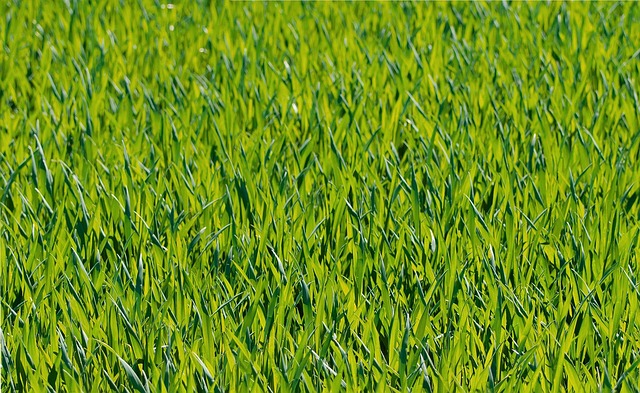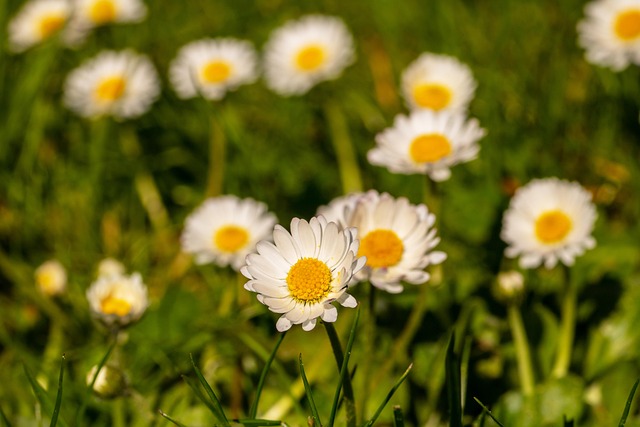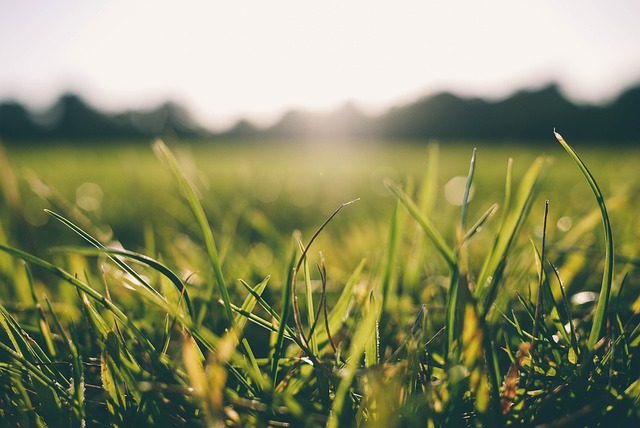Proactively prepare your Centennial lawn for the region's summer climate challenges by assessing its health, improving drainage and fertility, using drought-tolerant plants, selecting heat-resistant grass species, practicing proper installation & maintenance, removing weeds, strategic fertilization, mulching, and adjusting irrigation. Ensure resilience, health, and longevity through efficient watering, integrated pest management, and optimal care throughout the warm months ahead.
Looking to restore your lawn garden bed for the scorching summer heat in Centennial? This comprehensive guide is your go-to resource. We’ll walk you through evaluating your lawn’s health, identifying and addressing problems specific to Centennial’s climate. Learn about selecting heat-resistant plants and preparing your soil for optimal growth. Discover essential installation tips and maintenance routines to ensure your garden beds thrive despite the summer heat. Get ready to transform and beautify your outdoor space!
- Evaluating Your Lawn's Health Before Summer: Identifying Problems and Planning Solutions
- Preparing the Bed: Soil Improvement and Plant Selection for Heat Resilience
- Installation and Maintenance: Ensuring Long-Term Success in Centennial's Summer Heat
Evaluating Your Lawn's Health Before Summer: Identifying Problems and Planning Solutions

Before the summer heat sets in, it’s crucial to evaluate your lawn’s health and identify any problems that may arise during the warmer months. In Centennial, preparing your lawn for the summer requires a proactive approach due to the region’s specific climate challenges. Start by assessing the overall condition of your lawn; look for signs of drought stress, such as browning or thinning areas, and check for common pests or diseases that can exacerbate these issues.
By planning solutions in advance, you’ll ensure your lawn receives the necessary care. This might include steps like increasing watering efficiency, applying seasonal fertilizers, and implementing integrated pest management strategies. These proactive measures will not only enhance your lawn’s resilience against summer stress but also contribute to its overall health and longevity.
Preparing the Bed: Soil Improvement and Plant Selection for Heat Resilience

Preparing your lawn for summer heat in Centennial starts with preparing the garden bed. Before planting, assess the current soil condition and make necessary amendments to improve drainage and fertility. Loamy soil that drains well is ideal; add compost or aged manure if needed to enhance organic matter content. This not only promotes healthy root growth but also helps retain moisture during hot, dry periods.
When selecting plants for heat resilience, choose varieties that are native to Colorado or have been bred specifically for drought-tolerant conditions. Perennials like yucca, lavender, and sedum thrive in warm, sunny spots and require minimal watering once established. Incorporate these into your garden bed along with grass-like plants like switchgrass or big bluestem that offer a beautiful alternative to traditional turfgrass during the summer heat.
Installation and Maintenance: Ensuring Long-Term Success in Centennial's Summer Heat

To ensure long-term success in preparing your lawn for the Centennial summer heat, proper installation and ongoing maintenance are paramount. Start by selecting heat-resistant grass species suitable for your region’s climate. When establishing new garden beds, ensure adequate spacing to permit air circulation, which aids in preventing excessive water loss and fungal diseases. Deep watering less frequently encourages deep root growth, making lawns more resilient to prolonged periods of dryness.
Regular maintenance includes removing weeds promptly to avoid competition for resources, mowing at the correct height to protect blades from sun damage, and fertilizing strategically to provide essential nutrients without overloading the soil. Mulching around plants offers insulation against extreme temperatures and conserves moisture. Finally, monitoring and adjusting irrigation schedules based on seasonal changes and weather patterns will ensure your lawn thrives during Centennial’s summer heat.
Restoring your lawn plant garden bed is a proactive approach to prepare your Centennial home for the intense summer heat. By evaluating your lawn’s health, selecting resilient plants, and implementing proper maintenance techniques, you can create a vibrant and sustainable outdoor space that thrives under the sun. With these steps, your garden will not only survive but also flourish during the hot Centennial summers.
